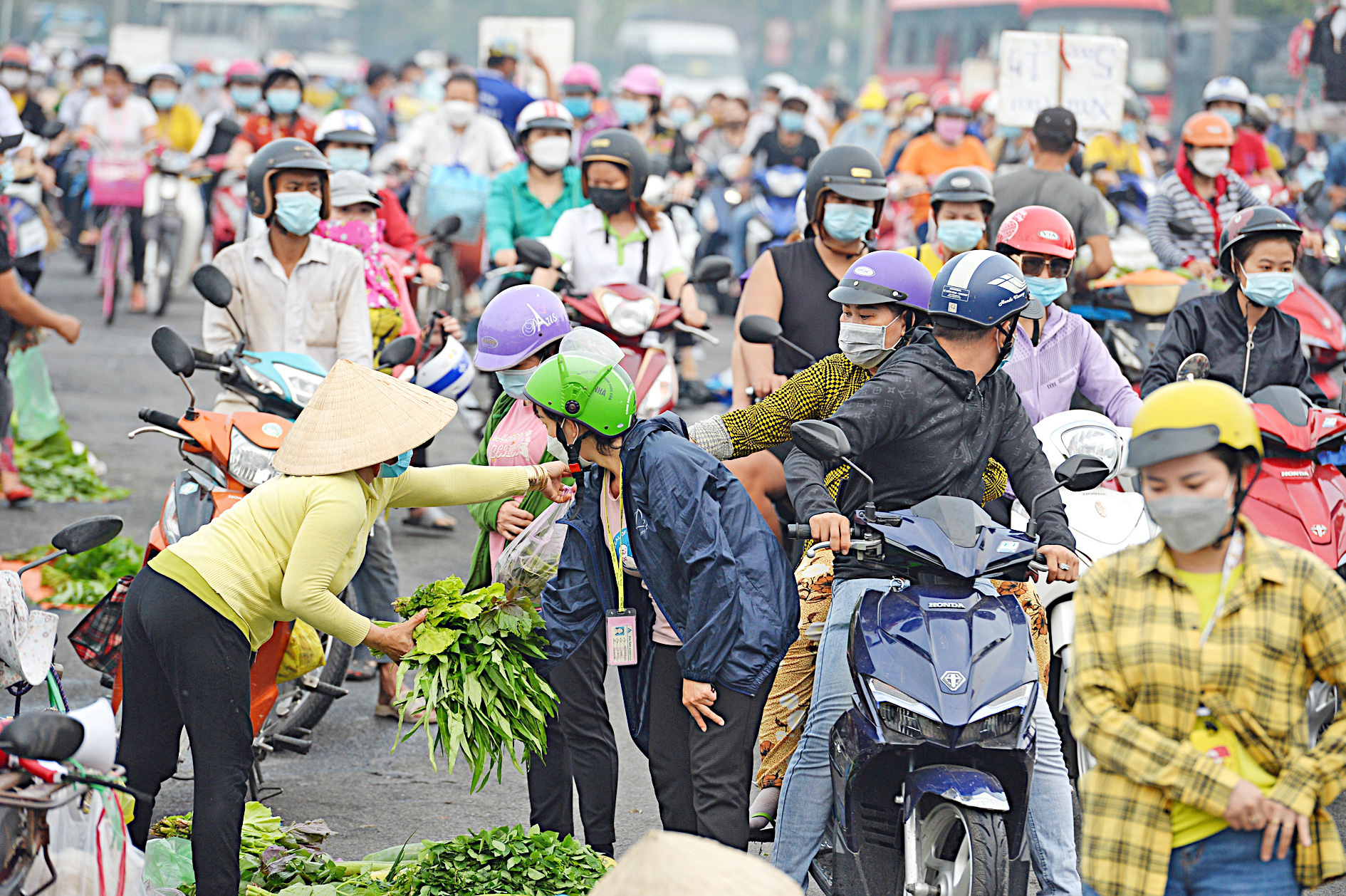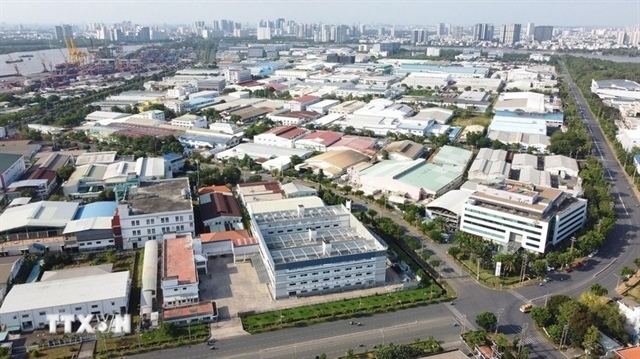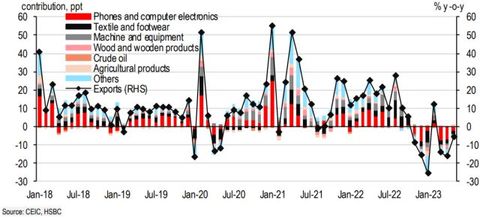January-May unemployment, underemployment affect 500K+ workers in Vietnam
January-May unemployment, underemployment affect 500K+ workers in Vietnam
A total of 509,903 workers experienced adverse effects on their employment, including job loss, job termination, reduced working hours, temporary suspension of labor contracts, or unpaid leave across Vietnam between January and May, according to the Ministry of Planning and Investment.

This accounts for approximately 3.4 percent of the overall workforce at registered enterprises in the country.
Among them, 279,409 people, or 54.79 percent of the affected employees, lost or voluntarily left their jobs.
This issue of unemployment and underemployment is predominantly concentrated in specific provinces and major cities hosting numerous industrial parks and export processing zones.
Specifically, it affected 71,590 people in southern Binh Duong Province, 44,890 workers in Ho Chi Minh City, 27,500 individuals in northern Bac Giang Province, 13,990 employees in northern Bac Ninh Province, 16,020 laborers in northern Hai Duong Province, and 48,860 others in Hanoi.
In the five-month period, 393,377 people applied for unemployment support, up 8.2 percent year on year.
The highest concentration of unemployed workers was found in textiles, footwear, electronics, and wood processing industries.
In particular, 68,782 textiles workers, 31,653 footwear employees, and 45,075 electronics laborers suffered from job losses.
Despite the overall plunge in workforce, numerous businesses displayed a significant demand for hiring new employees.
In January-April, the overall recruitment demand reached 481,200 individuals, with approximately 146,000 workers needed specifically in industrial parks and export processing zones.
The Ministry of Planning and Investment assessed that the current job reductions are limited to certain areas and remain manageable.
Nevertheless, if the challenges of order shortages, raw material scarcity, and high energy prices persist unresolved, the number of job cuts is expected to rise and extend to other sectors in the near future.
The falling employment demand also serves as an indicator of the continuing economic downturn, where 94,959 enterprises were newly registered or resumed operations over January-May, exhibiting a 3.7-percent decline compared to the same period last year.
In addition, 88,040 enterprises opted to close down, indicating a significant increase of 22.6 percent year on year.
Living conditions
Despite the ongoing challenges in employment, a recent survey revealed positive developments in the living conditions of households, including those running a household business, in May.
The survey showed that 94.8 percent of households had their income remain stable or raised compared to the same period last year, marking an increase of 0.4 percentage points from April.
Only 5.2 percent of households reported a fall in income or were uncertain about their income changes.
The households attributed the decline in income to various reasons, including 40.7 percent naming job losses or suspension, 27.3 percent blaming surging input costs, and 19.8 percent citing lower selling prices of their products.
In terms of of external factors, 31.3 percent grappled with increasing living costs, 6.3 percent were negatively impacted by human diseases, and 2.1 percent faced challenges due to diseases affecting livestock and plants.
Approximately 10.3 percent reached out to various sources for assistance, including 6.7 percent contacting relatives and acquaintances, 3.5 percent benefiting from local programs and policies, 3.1 percent relying on national programs and policies, 1.7 percent receiving aid from charitable activities, and 0.02 percent obtaining help from other sources.
The government provided assistance in the form of over 18,200 metric tons of rice to support 204,700 households, benefiting a population of over 1.2 million citizens in January-May.



























